Introduction
Welcome to the EdTech gold rush! With the EdTech industry projected to grow to an astounding US$ 410.2 Billion by 2026, it’s the perfect time to seize the opportunity while positively impacting the education sector. Especially with a tool that is a marketer’s favorite — email marketing strategies.
But before you start shoveling marketing messages at your audience, remember that balance is the key to success in EdTech. You want to avoid overselling, overpromising, or harming your customers with toxic messaging.
The Advertising Standards Council of India (ASCI) has recently held the education sector among the top three industries promoting harmful and objectionable advertisements. This is unfortunate because education, like healthcare, involves people’s lives and well-being. You can get away with false or manipulative messaging once or twice, but your customers are bound to leave you for a more compassionate brand in the long run.
The central pillar of your EdTech marketing strategy should be value creation to drive customers down the funnel. Once that’s achieved, conversions are a natural by-product.
Email marketing strategies offer an excellent solution to effectively reach and educate your audience.
Download Impact Story – Learn more about how Scripbox witnesses a 25-30% growth in email open rates through WebEngage’s marketing automation
With a $36 return for every dollar spent, it’s no wonder email is one of the most potent channels for EdTech marketing. So, how do you create emails that hit the mark?
Here, we’ll dive into the most effective email marketing strategies for EdTech to help you build great customer relationships, boost engagement, and improve retention.
Strategy #1: Ensure your content is crisp and powerful
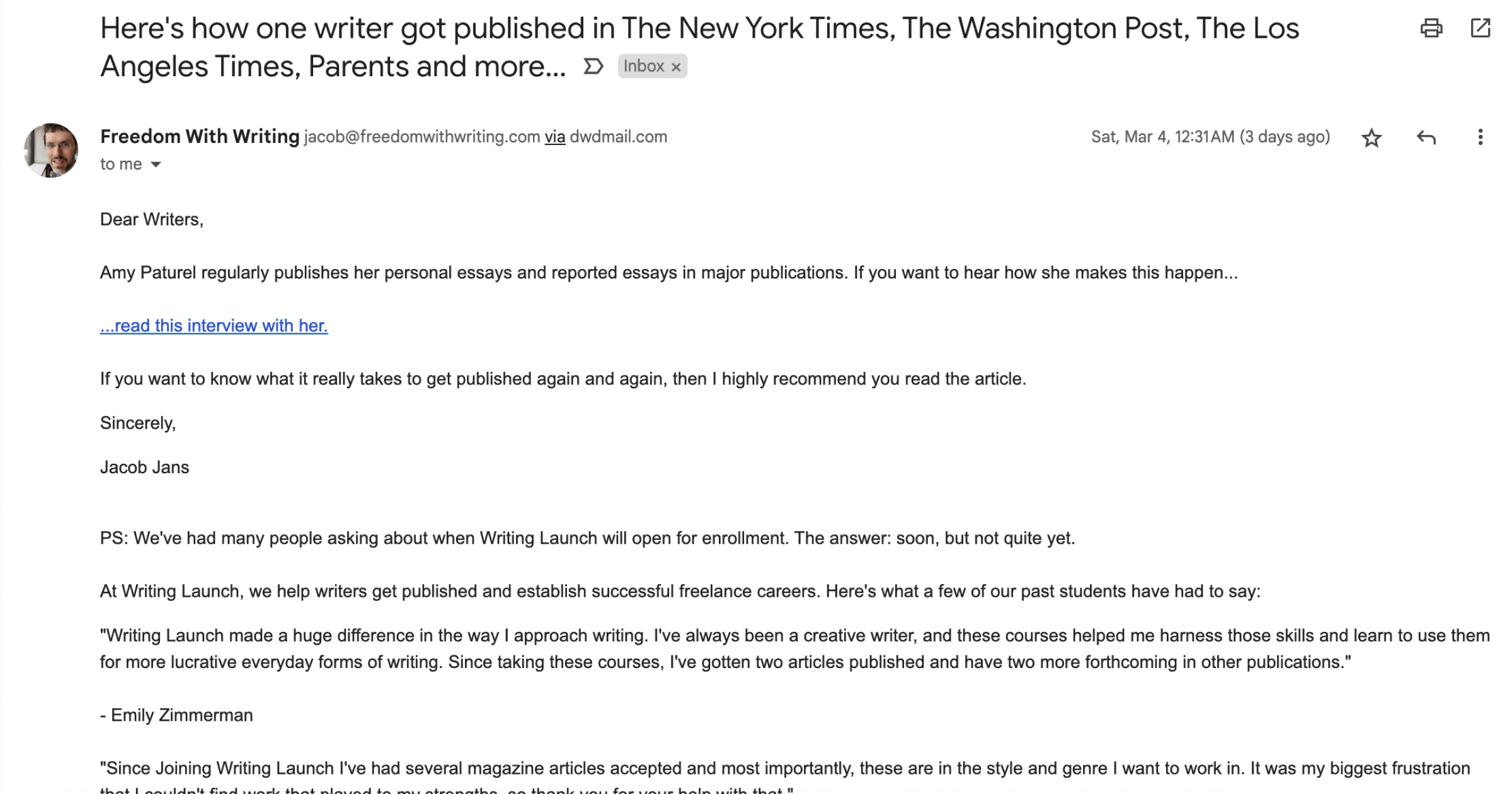
We all know those major EdTech players who flood our inboxes with pushy marketing messages. That’s why your brand needs to take a different approach. Instead of always trying to make a sale, you should focus on value creation. Show your subscribers how your courses or programs can help them achieve their goals and succeed. Provide your subscribers with valuable resources, tips, and tutorials related to their courses or programs, and you’ll have them coming back for more.
Take a cue from Freedom With Writing (FWW), who published an interview with an author who’s written for several renowned publications. Aspiring writers and journalists will be eager to learn from her strategies. Also, the call-to-action to join Writing Launch (another website the people from FWW run) through testimonials is an effective marketing strategy.
To create good email marketing strategies that also turn into relatable content for your audience, you must customize it to their interests and preferences. Start by identifying who is your target audience. Are they school kids, parents, teachers, business school hopefuls, or young professionals? And what about urban versus small-town folks? These are all crucial factors to consider when crafting your message.
Aim for a fourth-grade reading level to ensure your message hits home. Check your Flesch Kincaid score if you aren’t sure.
Finally, don’t bore your readers to death with jargon and dry writing. Your audience must be engaged and excited from the very start, not snoozing after a few minutes.
Strategy #2: Craft captivating subject lines

Email subject lines should be like the aroma of freshly baked chocolate chip cookies – they must be enticing enough to make your users want to take a big bite. So, ensure your subject lines stand out and compel your readers to open the email. Studies show that emails with attention-grabbing subject lines have 50% higher open rates.
Experiment with your subject lines. Use humor, puns, or emojis to add personality to your emails. But make sure to keep it relevant to your brand and target audience.
Make your readers feel special and catered to with subject lines that reflect their interests and needs. For instance, take a cue from Ship 30 for 30’s brilliant subject line, explicitly crafted for digital writers. The founders know their subscribers’ dream of being the crème de la crème of web writers, so they came up with a catchy line that resonates with their audience.
People check their emails on their mobile devices more often than on their desktops. Ensure your subject line is short and sweet, preferably under 40 characters. And if you can’t fit everything in 40 characters, at least make sure the first few words explain the gist of the email. Finally, tailor your subject line to the context of your target audience so they know what’s in it for them from the get-go.
Here are some things you can consider while crafting email subject lines:
- Play on the fear of missing out, as it tends to have a higher open rate. Research has shown that subject lines including time-sensitive words like “urgent,” “important,” or “final” can significantly increase your open rates. For example, “Final chance to get your annual membership at 50% off.”
- Promise to make things easier for the reader. These subject lines are especially good for nurturing leads. For example, “Build an app without any technical expertise.”
- Mention the pain point of your buyer persona to make them feel understood. For example, “Stop wasting money on yet another generic professional certification. Do this instead.”
- Relate how someone achieved something that your target audience aspires for. This has proven to be one of the best-performing subject lines among marketers. For example, “Here’s how a stay-at-home mom of two became a 6-figure digital creator.”
You could consider subscribing to WebEngage’s Retention Weekly newsletter to learn how to craft compelling subject lines. Moreover, you might just find some good email marketing strategies within your email! Subscribe now!
Strategy #3: Design an appealing layout with eye-catching aesthetics
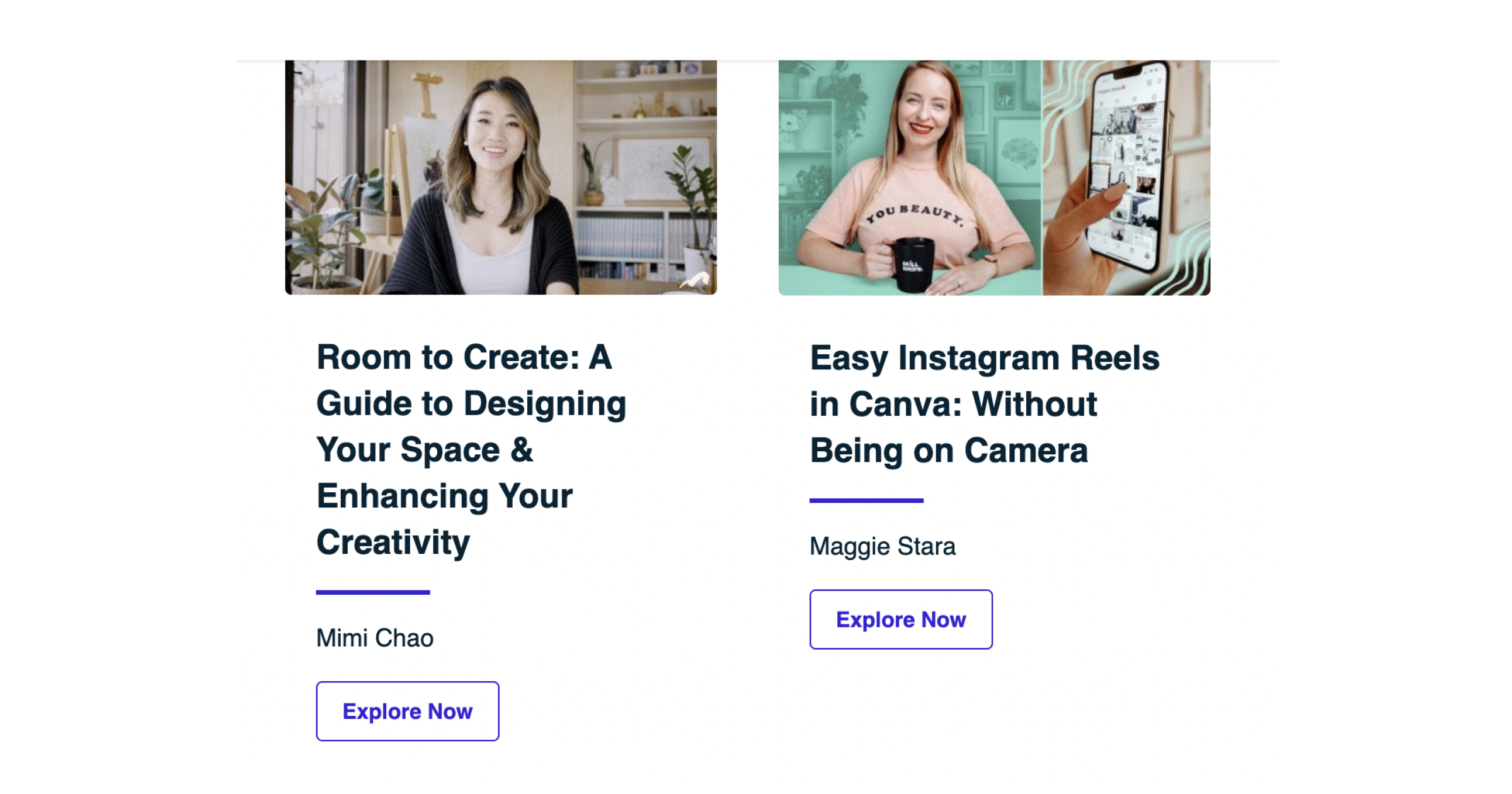
Bring some color and life to your EdTech emails. Say goodbye to dull and bland emails and hello to vibrant and creative designs that will catch your audience’s attention.
Using attractive photos, eye-catching fonts, and vivid colors can help you create a distinctive and memorable image. Your email is like a virtual billboard, so why not make it pop? Consistency is vital, so make sure your branding stays consistent across all marketing channels.
When it comes to attractive emails, Skillshare gives its competitors a run for their money. Like the example above, their bright and happy-looking emails are the perfect example of how to get your subscribers excited about your courses. With just one look, you want to pick up some art supplies and get going. Let your creativity run wild and design emails that will be hard to resist.
Strategy #4: Leave your users with a compelling CTA
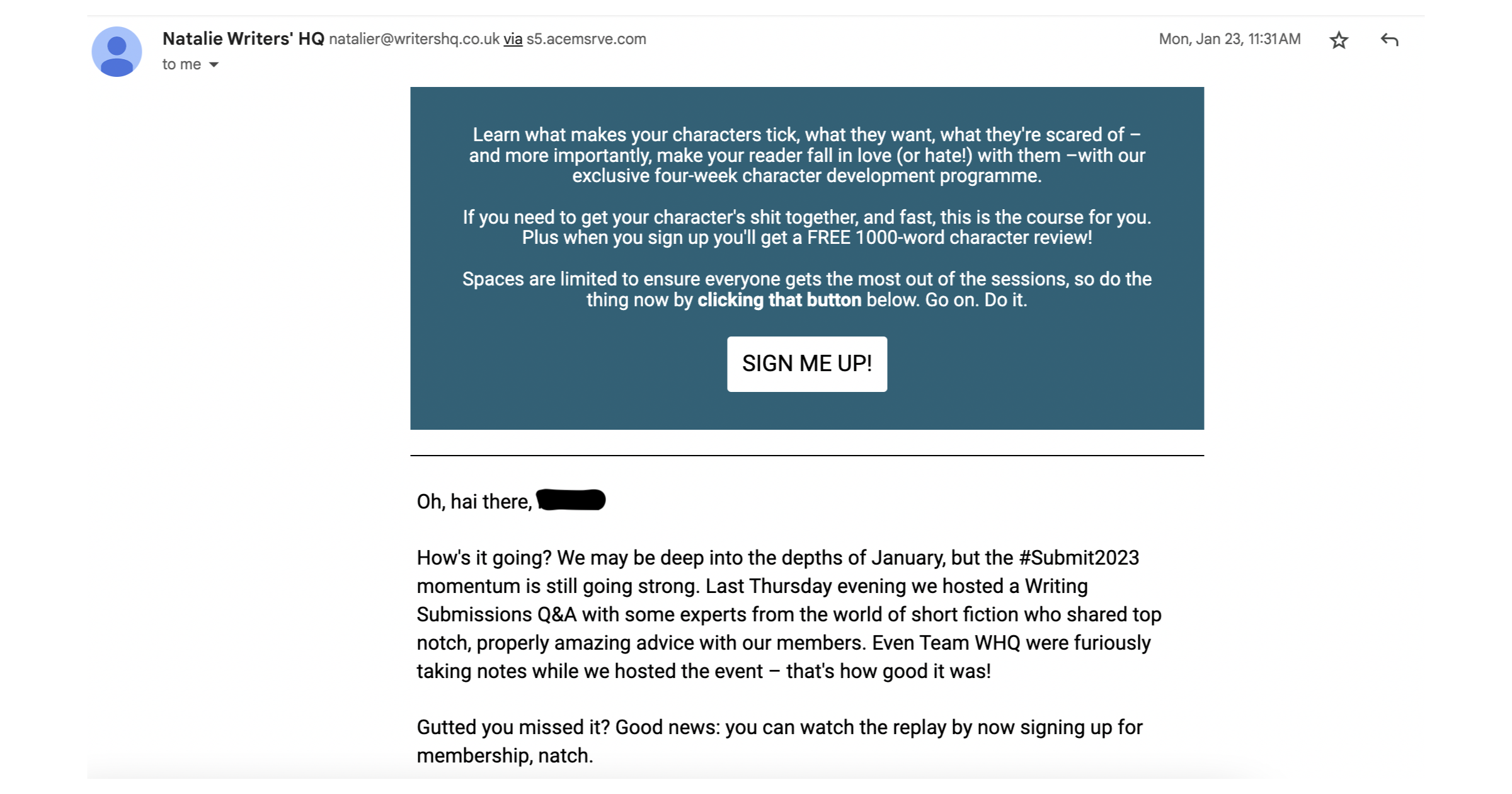
In an email marketing strategy & campaign, crafting a compelling CTA is like providing the missing piece of a puzzle. Your EdTech product has the potential to fill a gap in your client’s learning journey, and a concise and convincing call to action can help them understand what they have to do next.
Whether you’re looking to build brand awareness by sharing an educational video or a white paper, or aiming for your prospect to schedule a call, make sure your CTA is clear, compelling, and easy to click on desktop and mobile devices. Remember, one CTA is enough — don’t confuse or overwhelm your reader with too many options.
For example, look at this unique CTA by Writers’ HQ that appears on top of the email instead of at the bottom. It somehow works because of the hilarious and relatable tone of the messaging intended for aspiring fiction writers. If you’ve ever tried to write a novel or a story, you know all about the pain points of creating realistic and layered characters that the email is talking about.
Strategy #5: Segment emails based on the customer’s journey and preferences

EdTech emails are like a personalized map that guides the customer through their learning journey, helping them easily explore the vast landscape of their chosen learning field.
Different journey points require various signposts and destinations, so segmenting users based on their unique needs and preferences is crucial. Consider factors like:
- Are they just starting and need a friendly welcome mail?
- Do they need an email with step-by-step instructions for navigating your learning platform?
- Are they seasoned learners who’d like to explore advanced courses?
You can segment users based on their course preferences, location, job title, age, and activity level.
And once you’ve segmented them, you can craft personalized emails that celebrate their successes, motivate them to keep going and guide them toward advanced learning paths.
Take a page from Duolingo’s book, and send an email that cheers on a user’s consistent practice. An uplifting email like this is bound to motivate users to keep progressing in their learning journey through your EdTech platform.
WebEngage helped Shaw Academy, a leading online education platform, increase class attendance by 100% and grow revenues by 25%. One of the strategies used by the WebEngage Customer Success team (CSM) was creating a 6-step process:
- Analyzing the learners’ behavior and actions.
- Building a segment of high-intent learners (students who’ve successfully finished the free course).
- Choosing the right channel to engage with these learners.
- Personalizing communication with every learner.
- Choosing the appropriate time to contact the learners.
- Automating the steps above through the Journey Designer and sending appropriate nudges at the correct times.
Strategy #6: Personalize emails based on the target customer segment

Research has shown that personalized content is like catnip to customers, with 90% finding it appealing. Plus, if you tailor your recommendations to your customer’s preferences, 91% are more likely to buy from you.
You can personalize your emails using your customer’s name, current course or program, and learning style. Create unique personas for different segments and tailor your content accordingly. For example, if you’re a learning platform like Coursera, you must adjust your messaging based on whether someone’s interested in creative writing or software coding.
And remember to nudge your users with personalized emails that show their weekly progress or offer helpful suggestions if it has been a while since they last used your platform.
The closer someone is to conversion, the more specific your messaging should be. Ensure your message is customized to your buyer’s location in your sales funnel.
Since personalization is crucial, it might be a good idea to take the help of someone who specializes in this. With the support of WebEngage’s personalized campaigns, Toppr, India’s after-school learning app, witnessed a 133% uplift in conversions.
https://youtube.com/watch?v=C4VIojMwK0M%25E2%2580%259D
Strategy #7: Build customer relationships based on empathy and understanding
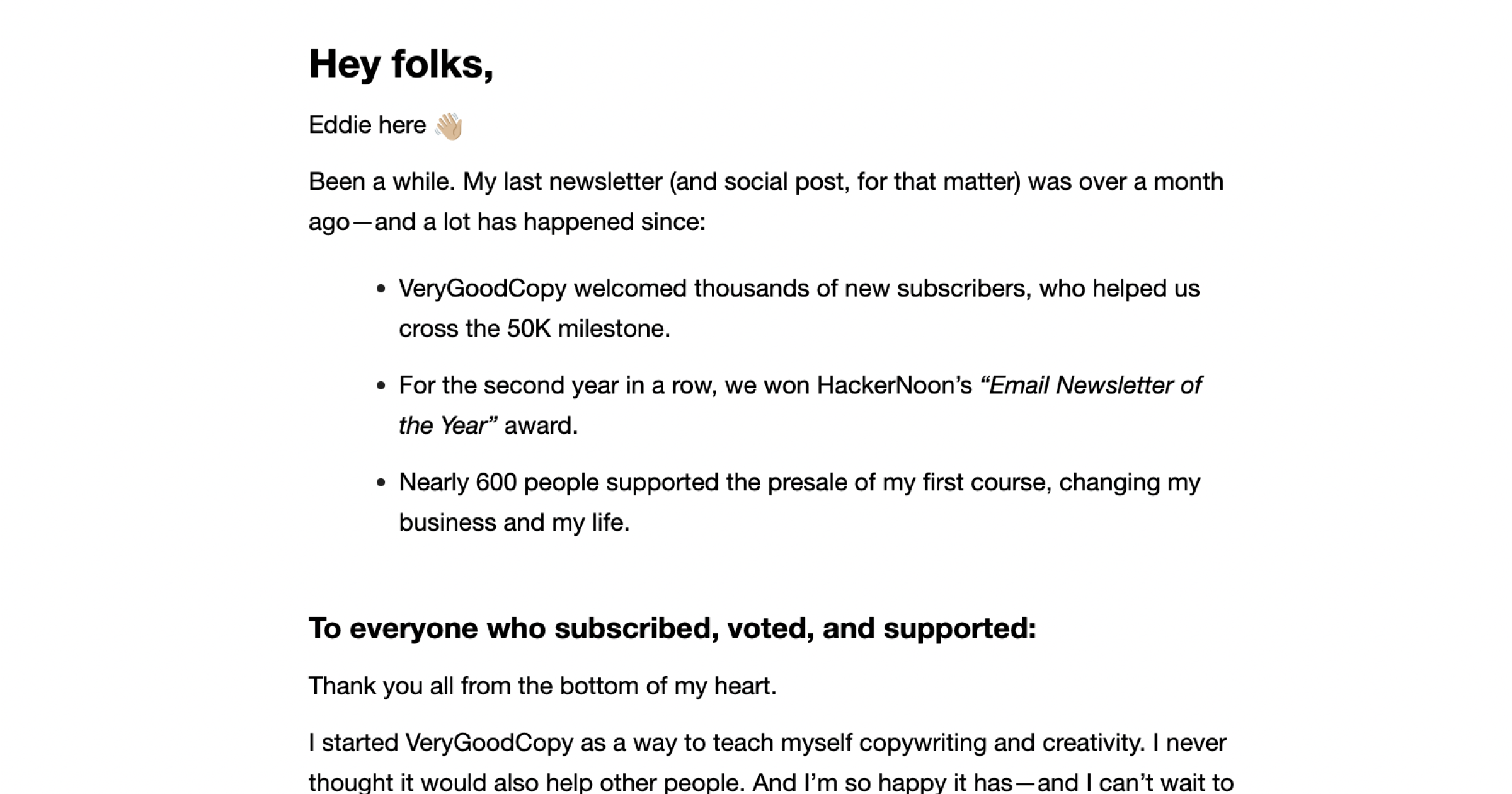
When creating good email marketing strategies in the EdTech spcae, empathizing with your user’s pain points is crucial. It’s like being a great teacher who takes the time to understand each student’s learning pace and style and offers personalized support to help them succeed. Examining the user feedback and rating for classes/courses, customer reviews, and surveys could help you understand the pain points and offer personalized help.
Develop relationships with your subscribers by responding to their queries promptly and providing regular updates on new courses, programs, or features.
Also, feel free to show off your credentials. Use social proof like happy customers’ testimonials, case studies, and success stories to build credibility and show that your brand can deliver results.
Take a look at the email from VeryGoodCopy. The founder, Eddie Shleyner, shows off his credentials with modesty while expressing gratitude towards his subscribers.
Watch below how WebEngage helped CueMath simplify communication between parents, teachers, and students with the help of emails and other digital engagement tools. This helped in a 23% rise in student engagement and 30% higher teacher signups.
Strategy #8: Automate emails based on triggers

Picture this: You’re a course creator with a ton of knowledge and expertise to share with the world. You spend countless hours crafting the perfect email to send to your list, only to see dismal open and click-through rates. It’s like shouting into the void.
Well, fear not because email automation is here to save the day (and your sanity). By using triggers to send targeted and timely emails, you can see open rates that soar to almost 71% higher than non-triggered emails. That’s not just a minor improvement, that’s a giant leap.
Email automation allows you to send emails to your subscribers based on specific actions they take, known as ‘triggers.’ For example, you can set up an automation to send a special email with a discounted course offer during festivals like Holi or Christmas. Other triggers could be sending emails to remind students about soon-to-expire deals on courses they showed interest in or sending targeted emails reminding students about the courses left behind in their shopping carts.
Email automation is like having a trusty megaphone that amplifies your message directly to the ears of those who need to hear it. And with click-through rates that can be up to 102% higher than non-triggered emails, why wouldn’t you give it a try?
You don’t have to do it all by yourself. Automation tools and software can make your email marketing strategies & campaigns easier to implement. For example, the user-friendly Journey Designer by WebEngage lets you automate your email drip campaigns for every customer journey stage.
With its email campaigns, Journey Designer, and push notification tools, WebEngage helped Mero School, an online learning platform, to achieve a nearly 80% increase in unknown-to-known conversion user base. WebEngage improved Mero’s email engagement from 30K known users to 120K known and unknown users.
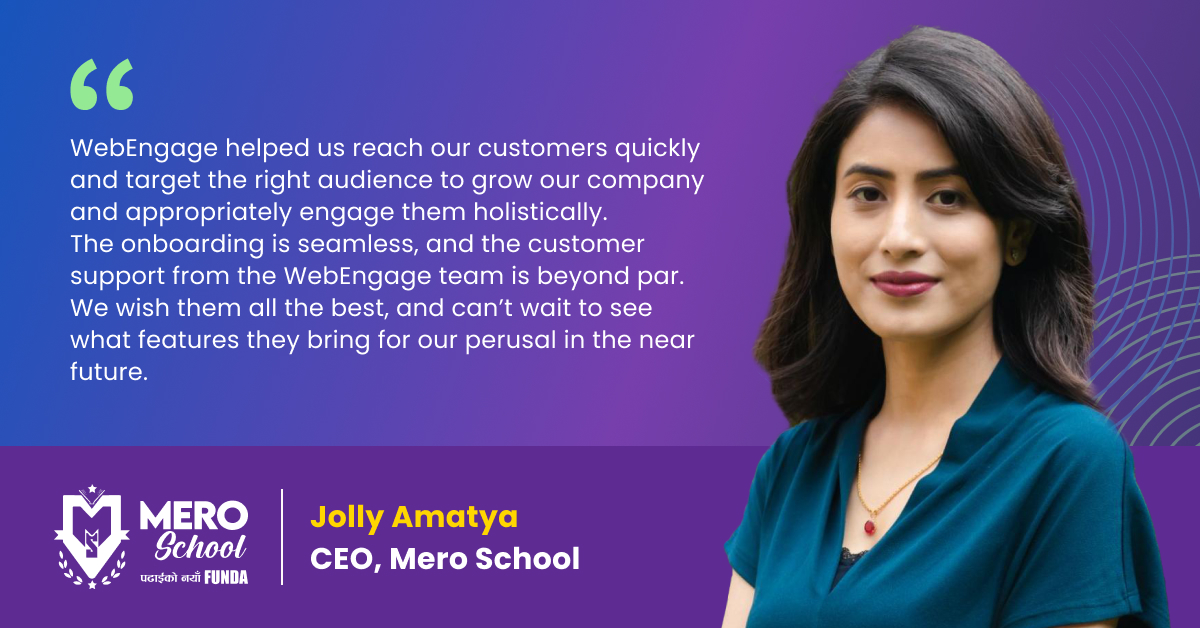
Strategy #9: Monitor the email performance metrics

Making email marketing strategies and tracking its metrics is like keeping your finger on the pulse of your campaign’s health. By analyzing the data, you can see what’s working, what’s not, and what should be tweaked. Here are some metrics you can track:
- Delivery rate: How many of your emails actually made it to their intended recipients? If this number is consistently low, perhaps, your email list needs some cleaning up.
- Open rate: How many people opened your email after it was delivered. A catchy subject line is crucial to a high open rate.
- Click rate: How many subscribers clicked on a link in your email. This gives a good idea of how engaging your content is.
- Click-to-open rate: How relevant and engaging your email’s content was in relation to the subject line.
If your email campaigns aren’t getting the desired response, maybe, it’s time to switch things up and try A/B testing. With this technique, you can test and optimize different versions of your email campaigns to see what resonates best with your audience.
With WebEngage, you can test different variations of your email campaigns through A/B and multivariate testing and get customer insights that help you craft powerful and engaging EdTech emails.
Strategy #10: Provide users with a clear unsubscribe option
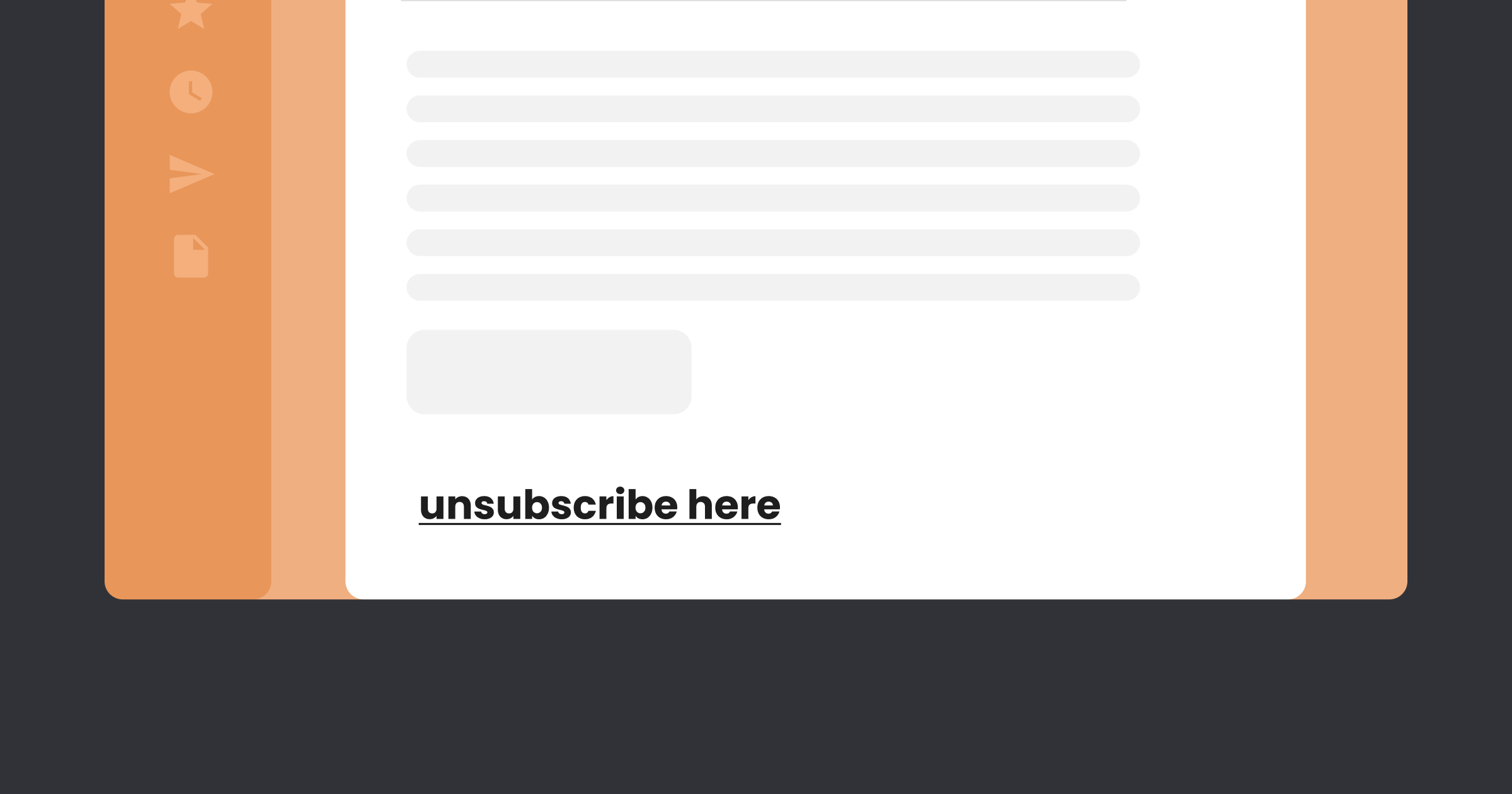
Remember, holding anybody against their will wouldn’t interest them in your content. On the contrary, you might annoy users and lose them forever if they don’t get a clear unsubscribe button on your emails.
For example, imagine your user enquired about an engineering entrance exam course but then changed their mind and chose to study accounting. They’d likely want to unsubscribe if you keep bombarding them with engineering entrance emails. By giving them a choice to opt-out, you’re showing that you respect their preferences and value their time.
Consent is always necessary, and when it comes to your EdTech emails, the rules apply strongly. It’s important to give your users a clear unsubscribe option.
Final Thoughts
Email marketing is an effective strategy for EdTech companies, provided you understand the balance between delivering unique and richly valuable content to the students, teachers, and parents and promoting your products.
In the EdTech industry, it’s vital to establish yourself as a thought leader and provide helpful insights and resources to your audience. Use good email marketing strategies to share knowledge and educate your audience with empathy and generosity; the conversions will happen organically.
The ten strategies outlined here are specifically tailored for EdTech companies, and we hope they can help you create effective email marketing campaigns.
If you need help, consider Webengage’s Email Marketing Platform equipped with a user-friendly drag-n-drop designer, attractive templates, hyper-personalization options, A/B testing, and more. Read more about how we helped EdTech clients like you, and if you like the results, book a demo with us today!































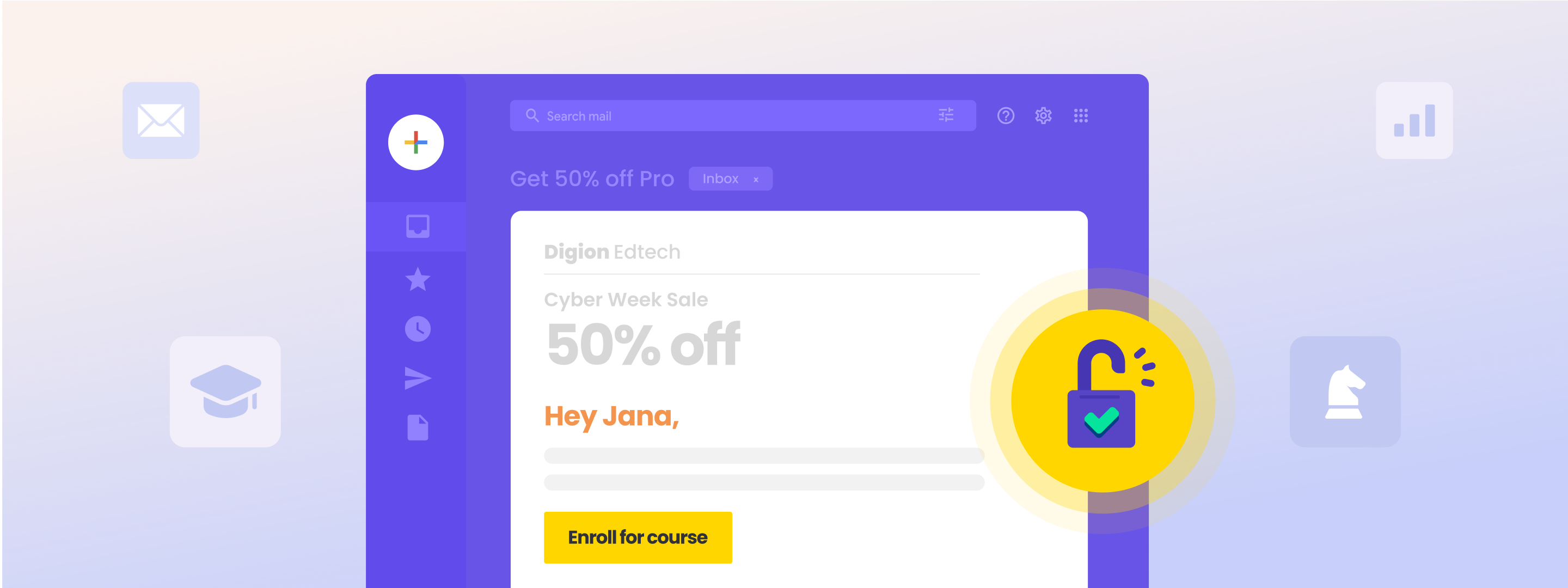


 Vanhishikha Bhargava
Vanhishikha Bhargava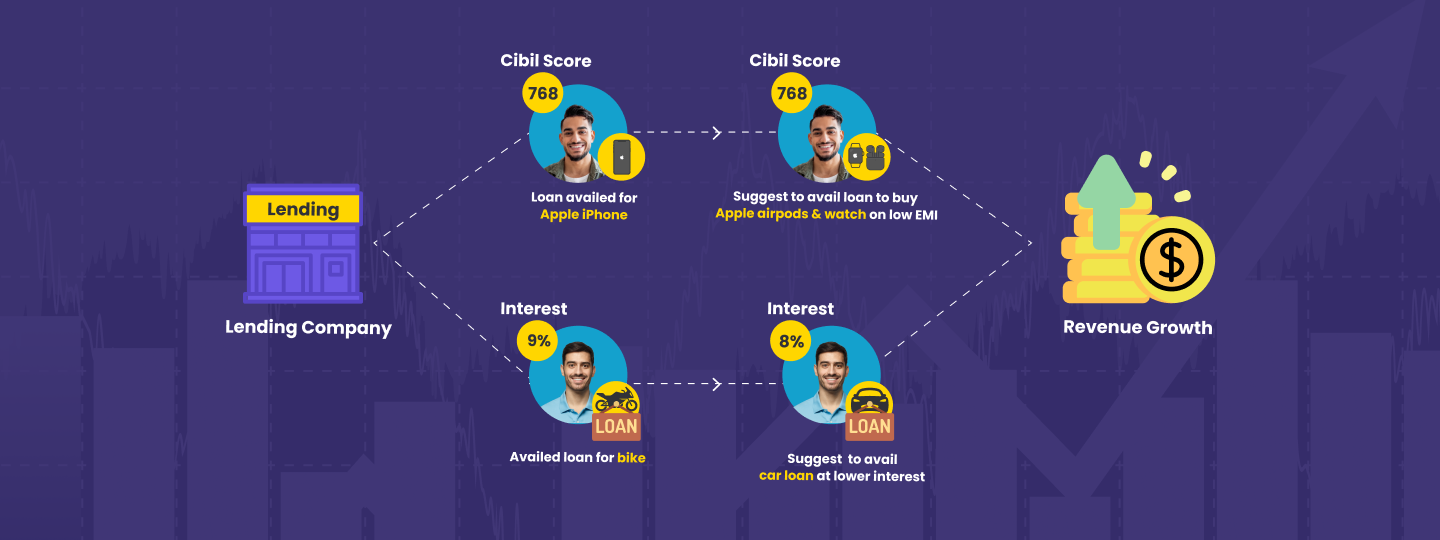
 Surya Panicker
Surya Panicker




